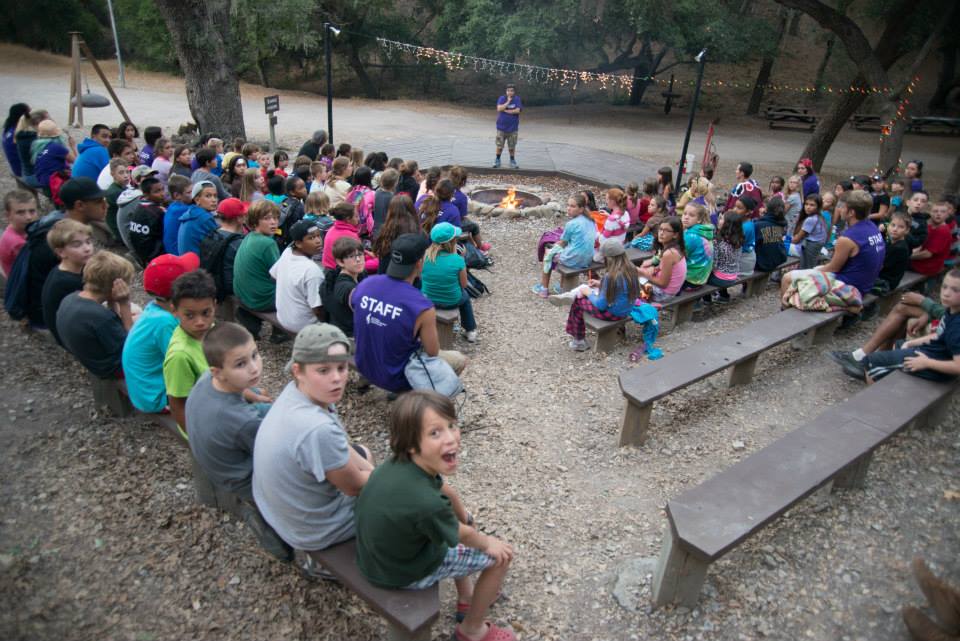Science Camp Not for Santa Barbara’s Disadvantaged
De Facto Segregated Schools Unable to Send 6th Graders on School Trip

It’s a rite of passage for 6th graders in Santa Barbara Unified School District to attend a week-long sleep-away science camp. But at three schools in the district — Cleveland, Harding, and Santa Barbara Community Academy (SBCA) — students are being left behind.
If you attend Washington or Roosevelt Elementary, you’re lucky enough to go twice — once in 5th grade and again in 6th. But that’s because of strong parent-teacher organizations, or PTOs, said Raul Ramirez, assistant superintendent of elementary education, at a June 25 school board meeting.
Another handful of schools — Monroe, McKinley, Franklin, and Adams Elementary — have their 6th-grade camping trips sponsored by Audacious Foundation, a nonprofit that funds nonacademic activities at low-income, high-need schools. Audacious partnered with the schools to sponsor the camping trips after funding for them was cut last year.
Without strong PTOs or sponsors, though, Cleveland, Harding, and SBCA are left with no means to fund their trips.
The science camp issue was brought to the school board’s attention at the June 25 meeting during public comment. Holly Gil, science education consultant for the district, said she was concerned that three schools do not get to experience sleep-away camp. “We’ve got these three schools … that aren’t going to get this experience, and I don’t think they’ll have this opportunity during their entire K-12 journey,” said Gil.
Some of the larger challenges to holding the 6th-grade camp are the expense, which isn’t fronted by the school district, and the teacher commitment to coordinate such a trip. Cleveland, Harding, and SBCA, however, present an additional challenge: parent chaperones, said Ramirez. Each school requires about seven to eight chaperones for four to five days. “The commitment of four days and five days away for many of our parents — away from work, away from obligations — is a significant ask,” said Rodriguez. Last year, Cleveland had to reschedule their trip four times, said Rodriguez, due to a lack of both facilities and chaperones.
There isn’t a simple fix to the problem of equity, said Superintendent Cary Matsuoka. “Let’s say we come in, and we fund the gap. Then we’ll have some schools saying, ‘Why are you just funding those three, and you’re not supporting all nine schools?’” said Matsuoka.
The district is working to find creative solutions to the problem, including extended-day field trips to the California Science Center and site visits to USC and UCLA. However, the science camp dilemma raises a larger question about school segregation. Cleveland, Harding, and SBCA are all “intensely segregated” schools, meaning fewer than 10 percent of students are white. SBCA is the most segregated of the three, with 98.1 percent of its student population being Latinx.
Schools are segregated not only racially but also economically. While about 50 percent of the district population qualifies for free and reduced lunch, Cleveland, Harding, and SBCA all have poverty rates above 75 percent. Cleveland has the highest percentage, with 89.5 percent of its student population labeled as socioeconomically disadvantaged.
The problem of segregation extends far beyond S.B. Unified. Just two months back, UCLA’s Civil Rights Project published its findings on a deep-dive look at segregation across the country that shows a resurgence in school segregation. “Research shows that segregation has strong, negative relationships with the achievement, college success, long-term employment and income of students of color,” read the findings. All students have been found to benefit from desegregation, including white students. “White students are not harmed in terms of measured achievement outcomes and gain considerably in terms of their readiness to live and work across racial lines in the setting of the future,” the report states.
In order to tackle the insidious issue, the report suggests implementing across-districts plans that incorporate support from housing, transportation, and local government. “It is clear that desegregation and diversity seldom happen by accident,” report researchers.
For now, though, Cleveland, Harding, and SBCA sixth graders won’t be joining their peers at science camp.
Clarification: On July 15, 2019, we clarified that S.B. Community Academy was the most segregated of the three schools lacking science camp.



